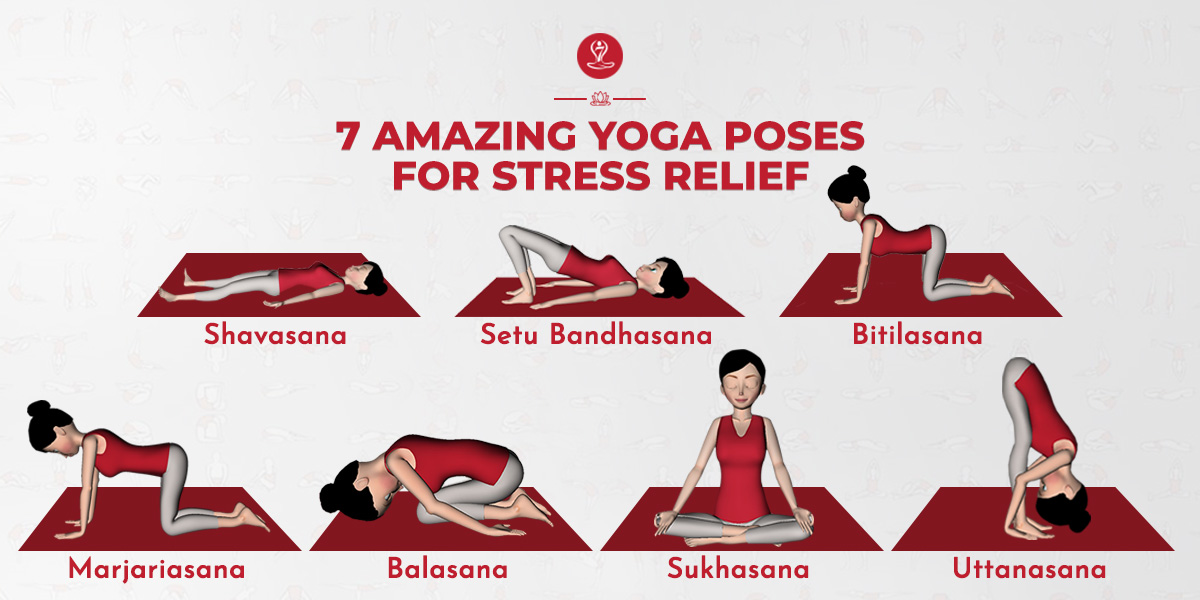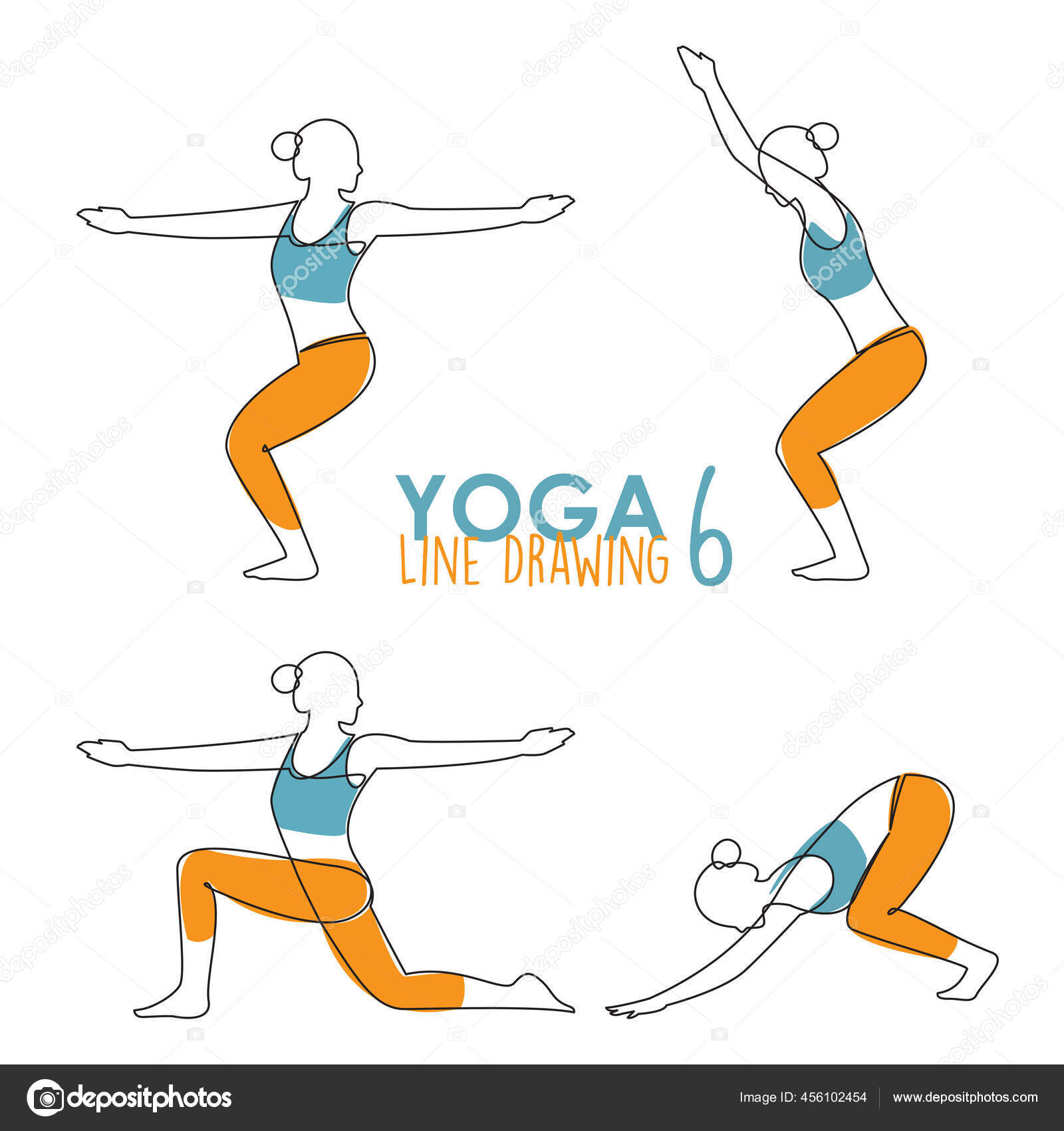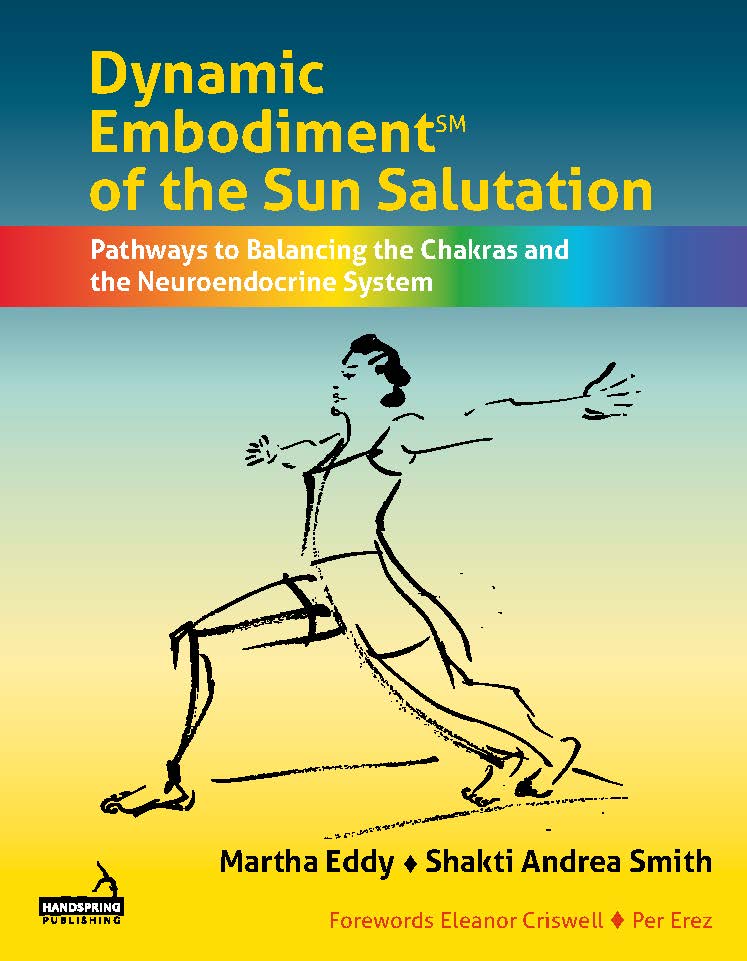
You might be wondering what the ideal dimensions for a yoga mat are if you're just beginning your practice. Although the standard size of a yoga mat is 24"x68", there are many options. Some are longer than others. Some can be shorter. You should choose a yoga mat that is at least 24 inches wide and at least 84 inches long for maximum performance. However, if your height exceeds this, you may need more mats than the recommended size. For a better idea of the dimensions of a standard-sized mat, you might try a downward-facing pose such as a dog or other poses that require a firm grip.
Ideally, your mat will be slightly thicker then the one you use in class. This will help you balance better and provide better grip for your feet. But don't worry - you can always buy another mat if the one you have doesn't fit your needs. You can always purchase a less expensive mat if the extra thickness is not available. You can also choose a Yoga Cloud Ultra Thin 1'' which is extremely thick and available in four colors. You could also opt for a Sacred Yoga Mat. This mat is known to be one of the most comfortable. You can also be certain of its quality because it is 100% recyclable.

You will be more stable on a thicker mat and will avoid sliding. An injury or an infirmity can make it possible to use a thicker mat. Thicker yoga mats can be used in both sitting and lying positions. Those with weaker balance should stick to thinner mats. For those at risk of injury, a minimum thickness of 6-8mm should be used.
For beginners, you might prefer a smaller yoga pad with a wider base. An ideal size for beginners is a 36-inch long yoga mat. It is crucial to have a wide yoga mat. If you're doing poses that require a large amount of room, you should buy a large-sized mat. Although a longer mat will allow you to move more freely during poses, it will make it harder to balance.
It is important to check the thickness of the yoga mat. A mat that is too thin will not be suitable. A thicker mat will provide more support. For beginners, a thicker and more comfortable mat will be better. For advanced practitioners, a yoga-mat of 5mm is the best. A 4mm thickness is ideal for beginners. This is ideal for home usage. A thicker yoga flooring is essential for safety and comfort.

Also, consider the size of your yoga mat. Traditional yoga mats typically measure 24 inches in size, while oversized ones can reach 30 to 36 inch. You can spread your body out to the sides of a larger mat, which will provide a solid foundation. It can be difficult to balance on a thicker yoga pad in standing poses. In some cases, a wide yoga mat may be too narrow for you. When you need a wider mat, choose a mat with a 30-inch width.
FAQ
How do I get enough vitamins?
You can obtain most of your daily requirement through diet alone. Supplements can be helpful if you are lacking in any one vitamin. A multivitamin supplement can provide all the vitamins you require. You can also purchase individual vitamins at your local drugstore.
Talk to your doctor about the best foods for vitamins if you're concerned about not getting enough nutrients. Some examples of rich sources of vitamins E and K include dark green leafy vegetables, such as spinach.
Ask your doctor if you're not sure how many vitamins you should take. Your medical history and current health will help you determine the best dosage.
How does an antibiotic work?
Antibiotics can be used to kill bacteria. The treatment of bacterial infections is done with antibiotics. There are many different types of antibiotics. Some are administered topically, while others can be taken orally.
People who have been exposed are often given antibiotics. For example, if someone has had chicken pox, he or she might take an oral antibiotic to prevent shingles later on. Penicillin might also be administered to someone with strep throat. This will help prevent the possibility of developing pneumonia.
A doctor should give antibiotics to children. Children are at greater risk of developing side effects from antibiotics than adults.
The most common side effect of antibiotics is diarrhea. Other side effects that could occur include nausea, vomiting and dizziness. Most of these symptoms disappear after the treatment is completed.
Get immune enhancement with herbs and supplements
You can boost your immune function with herbs and natural remedies. You can use ginger, garlic, echinacea oregano oil and vitamin C as examples.
These herbal remedies are not meant to replace medical treatment. Side effects may include nausea, diarrhea, stomach cramps (dizziness), headaches, dizziness and stomach cramps.
Why is it so important to lead a healthy lifestyle
Healthy living can lead to a longer, more fulfilling life. Good nutrition, exercise regularly, good sleep habits, stress management and healthy lifestyle can help you avoid heart disease and stroke.
Healthy lifestyles will help us to cope with daily stresses better and improve our mental health. A healthy lifestyle will help us feel more confident and younger.
What should I eat?
Get lots of fruits & vegetables. They contain vitamins and minerals which help keep your immune system strong. They are also rich in fiber, which is good for digestion and makes fruits and vegetables filling. Try to include at least five servings of fruit and veg per day.
Make sure you drink plenty of water too. Water flushes toxins from your body and helps you feel full between meals. Drink about eight glasses each day.
Whole grains are better than refined ones. Whole grains are rich in nutrients such as iron, zinc and magnesium. Refined grain has lost some of its nutrition.
Sugary drinks should be avoided. Sugary drinks are full of empty calories and lead to obesity. Instead, opt for water, milk, or unsweetened tea.
Avoid fast food. Fast food has very little nutritional value. You won't get the energy you need to function well, despite how delicious it may be. Avoid soups, sandwiches and other unhealthy options.
Limit alcohol intake. Alcohol can lead to poor nutrition and empty calories. Limit your consumption to no more than 2 alcoholic beverages per week
Red meat should be cut down. Red meats are high-in saturated fat and cholesterol. Instead, choose lean cuts of beef and pork, lamb, chicken or fish.
Statistics
- According to the 2020 Dietary Guidelines for Americans, a balanced diet high in fruits and vegetables, lean protein, low-fat dairy and whole grains is needed for optimal energy. (mayoclinichealthsystem.org)
- nutrients.[17]X Research sourceWhole grains to try include: 100% whole wheat pasta and bread, brown rice, whole grain oats, farro, millet, quinoa, and barley. (wikihow.com)
- WHO recommends reducing saturated fats to less than 10% of total energy intake; reducing trans-fats to less than 1% of total energy intake; and replacing both saturated fats and trans-fats to unsaturated fats. (who.int)
- In both adults and children, the intake of free sugars should be reduced to less than 10% of total energy intake. (who.int)
External Links
How To
How to stay motivated and stick to healthy eating habits and exercise
Staying healthy is possible with these motivation tips
Motivational Tips for Staying Healthy
-
Make a list with your goals
-
Set realistic goals
-
Be consistent
-
Recognize yourself for achieving your goal
-
If you fail the first time, don't lose heart
-
Have fun